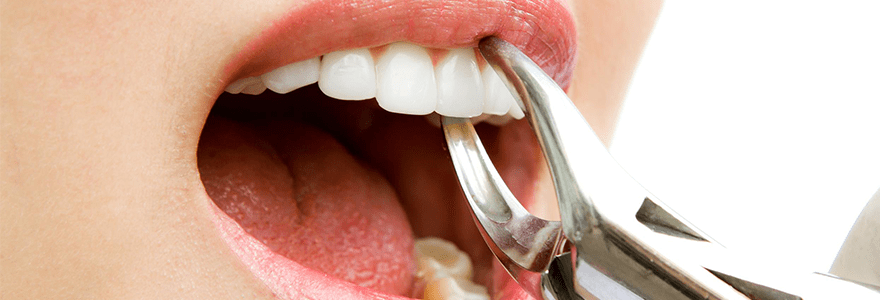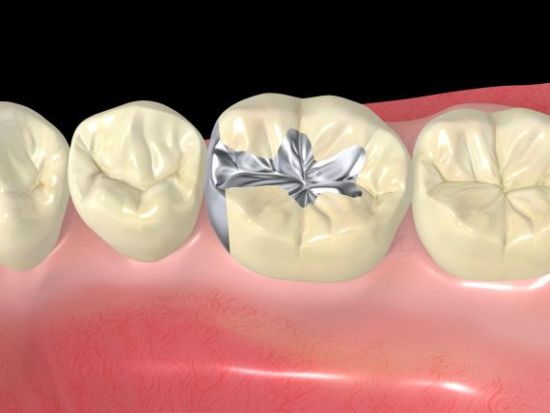How To Floss and What Precautions To Take
Dental Hygienist Tamara Weel explains why flossing is important and what precautions should one take during flossing.
Powered by:
Expressions Dental™
Call: +1 (403) 252 7733
Fluoride: Importance of Fluoride For Dental Health
Dental Hygienist Mel Nelson explains Fluoride and its importance in oral health through this video.
Powered by:
Expressions Dental
Call: +1 (403) 252 7733
Wisdom Teeth Extractions
Dr. Dionysius David explains wisdom teeth extraction and procedures involved…
Powered by:
Expressions Dental™
http://www.expressionsdental.ca
Call: +1 (403) 252 7733
Oral Prophylaxis
Our Dental hygienist Mel, explains oral prophylaxis cleaning of the teeth, including removal of plaque, materia alba, calculus, and extrinsic stains; done as a preventive measure for control of gingivitis.
Powered by:
Expressions Dental™
http://www.expressionsdental.ca
Call: +1 (403) 252 7733
Emergency Dental Services in Calgary
Have a dental emergency? Call At +1 (403) 252 7733
You can’t predict when an emergency will strike. Unforeseen accidents and disorders can send you reeling with dental pain. If you are experiencing anything from mild tooth discomfort to painful throbbing, contact Expressions Dental™ and we will try to attend to emergency patients immediately and emergency dental treatment may be given on the same day.
Powered by:
Expressions Dental™
Emergency Dental Care In Calgary
http://www.expressionsdental.ca
Call: +1 (403) 252 7733
Taking Care of Temporary Dental Crown
Temporary dental crowns are a temporary fix until a permanent crown is ready. The primary reasons for wearing a temporary crown are to keep the tooth protected from external stimulus, keep the tooth from shifting and serve as a dress rehearsal for function and aesthetics for the permanent crown. Here is what you need to know about taking care of the temporary crown for the couple of weeks that you have it cemented:
- Avoid sticky, chewy foods (for example, chewing gum, caramel), which have the potential of grabbing and pulling off the crown.
- Minimize use of the side of your mouth with the temporary crown. Shift the bulk of your chewing to the other side of your mouth.
- Avoid chewing hard foods (such as raw vegetables), which could dislodge or break the crown.
- Slide flossing material out-rather than lifting out when cleaning your teeth. Lifting the floss out, as you normally would, might pull off the temporary crown.
- Let your dentist know if the provisional crown should fracture or fall out, even if the tooth is not sensitive. The teeth are prone to shifting when not covered by the temporary crown. Going without your temporary crown even for couple of days may cause the final crown not to fit properly.
- Be sure to call your dentist’s office if the temporary crown feels too prominent to your bite. It is more likely to break or come uncemented.
- If you experience prolonged sensitivity or pain, please call your dentist’s office.
If your temporary dental crown comes off at any time during the waiting period for the permanent restoration, please contact our office immediately. It is very important for us to get the temporary back in place as quickly as possible, to ensure that the permanent restoration fits properly.
Some Facts About Wisdom Teeth
What are wisdom teeth?
Wisdom teeth are the upper and lower third molars, located at the very back of the mouth. They are called wisdom teeth because usually they come in between ages 17 and 21. Wisdom teeth that are healthy and in the right position usually don’t cause problems. You may have a problem if any of the following occur:
- Your wisdom teeth break through your gums only partway because of a lack of space. This can cause a flap of gum tissue to grow over them. The flap can trap food and lead to a gum infection.
- They come in crooked or facing the wrong direction.
- Your jaw isn’t large enough to give them room. Your wisdom teeth may get stuck (impacted) in your jaw and not be able to break through your gums.
- They are so far back in your mouth or crowded that you have trouble cleaning around them.
Symptoms:
If your wisdom teeth are causing problems, you may have pain or jaw stiffness near an impacted tooth. Wisdom teeth may also crowd the other teeth. Sometimes, there could be tooth decay or gum disease if there isn’t enough room to properly clean your wisdom tooth and nearby teeth.
Your dentist will check for signs of a wisdom tooth coming through your gum or crowding other teeth. You will have X-rays to find out if your wisdom teeth are causing problems now or are likely to cause problems in the future.
Treatment:
The dentist or oral surgeon will open the gum tissue over the tooth if needed and remove the tooth. If you have an infection, you may need to wait until it is gone before you have your wisdom teeth removed. The dentist or surgeon may prescribe antibiotics to help clear up the infection.
Does Diabetes Affect Oral Health?
Diabetes and Oral Hygiene:
When you have diabetes, high blood sugar can take a toll on your entire body — including your teeth and gums. Whether you have type 1 diabetes or type 2 diabetes, managing your blood sugar level is key. The higher your blood sugar level, the higher your risk of following dental problems:
- Tooth decay (cavities) – Your mouth naturally contains many types of bacteria. When starches and sugars in food and beverages interact with these bacteria, a sticky film known as plaque forms on your teeth. The acids in plaque attack the surfaces of your teeth (enamel and dentin). This can lead to cavities. The higher your blood sugar level, the greater the supply of sugars and starches and the more acid wearing away at your teeth.
- Gum disease – Diabetes reduces your ability to fight bacteria. If you don’t remove plaque with regular brushing and flossing, it will harden under your gum line into a substance called tartar. The longer plaque and tartar remain on your teeth, the more they irritate the part of your gums around the base of your teeth. In time, your gums become swollen and bleed easily. This is gingivitis.
- Advanced gum disease (periodontitis) – Left untreated, gingivitis can lead to a more serious infection called periodontitis, which destroys the soft tissue and bone that support your teeth. Eventually, periodontitis causes your gums and jawbone to pull away from your teeth, which in turn causes your teeth to loosen and possibly fall out. Periodontitis tends to be more severe among people who have diabetes because diabetes lowers the ability to resist infection and slows healing. An infection such as periodontitis may also cause your blood sugar level to rise, which in turn makes your diabetes more difficult to control. Preventing and treating periodontitis can help improve blood sugar control.
To help prevent damage to your teeth and gums, take diabetes and dental care seriously:
- Make a commitment to manage your diabetes.
- Brush your teeth at least twice a day.
- Floss your teeth at least once a day.
- Schedule regular dental visits.
- Make sure your dentist knows you have diabetes.
- Look for early signs of gum disease.
- Don’t smoke.
Ref: American Diabetes Association, Diabetic Forecast Mar 2016
Facts About Dental Sealants
Dental Sealants
Sealants are a thin, plastic coating that is painted on the chewing surfaces of teeth, usually the back teeth (molars), that a Dental Office uses to prevent tooth decay. The painted on liquid sealant quickly bonds into the depressions and groves of the teeth, forming a protective shield over the enamel of the tooth.
Dental sealants are intended for young children as soon as their first teeth come in. Decay is most common in the molars, so taking your child to dentist’s office for sealants right when you see the molars grow in gives your child the best chance to fight tooth decay. A child’s first set of permanent molars grow in between ages five and seven, while the second permanent molars come in between 11 and 14 years of age. A sealant creates a smoother tooth surface, one that’s easier to clean and therefore more resistant to the formation of decay.
How long do sealants last?
It’s difficult to say how long a sealant will last. Diet, oral habits and oral hygiene are huge factor determining factors. Expect to have a dentist check the sealant at every visit to the office. They will look at the sealant and determine if it needs to be replaced. Sealants need to be checked for chipping or wear.
Procedure
By bonding dental sealant into the grooves of a tooth, a dentist can make a tooth’s surface smoother. As a result, there are no longer any locations where the bristles of a toothbrush can’t reach and clean. The tooth is now at less risk for developing a cavity.
For starters, the teeth are cleaned carefully, and then dried with an absorbent material. A mild acid solution is applied to them to roughen them slightly. This is done so the sealant can bond properly to the teeth. Then the teeth are rinsed and dried, and the sealant material is painted on and dried with a special light.
Molars are susceptible to decay early on, which is why sealants are an important treatment to get for your children’s first set of teeth.
If you have questions about dental sealants and planning to have them for your children, talk to our general dentists at Expressions Dental.










